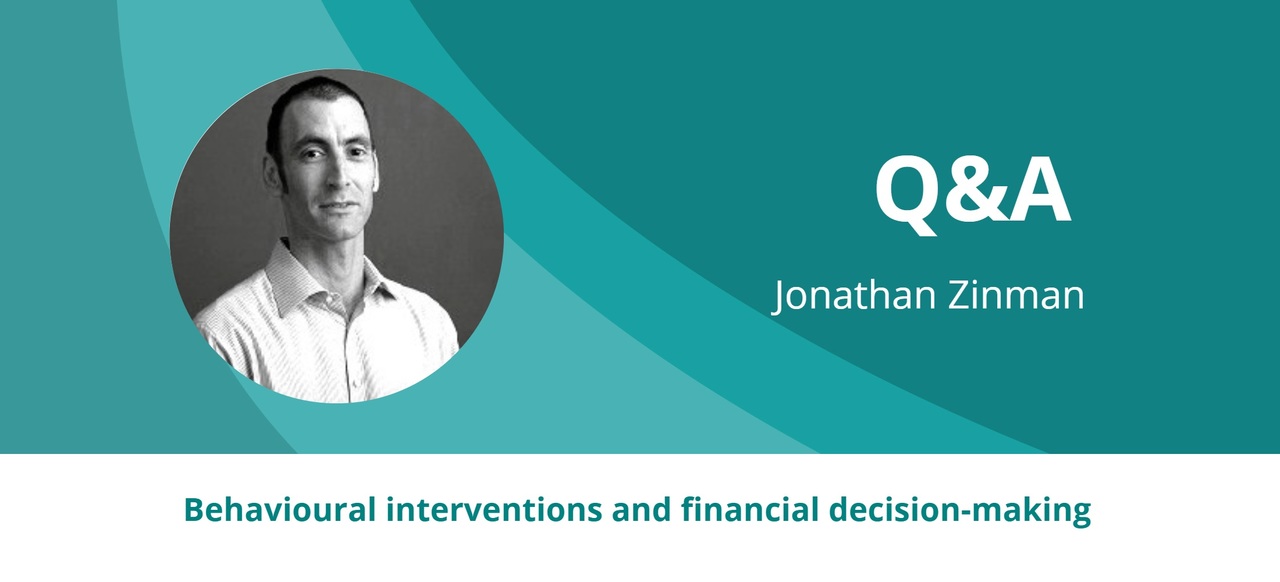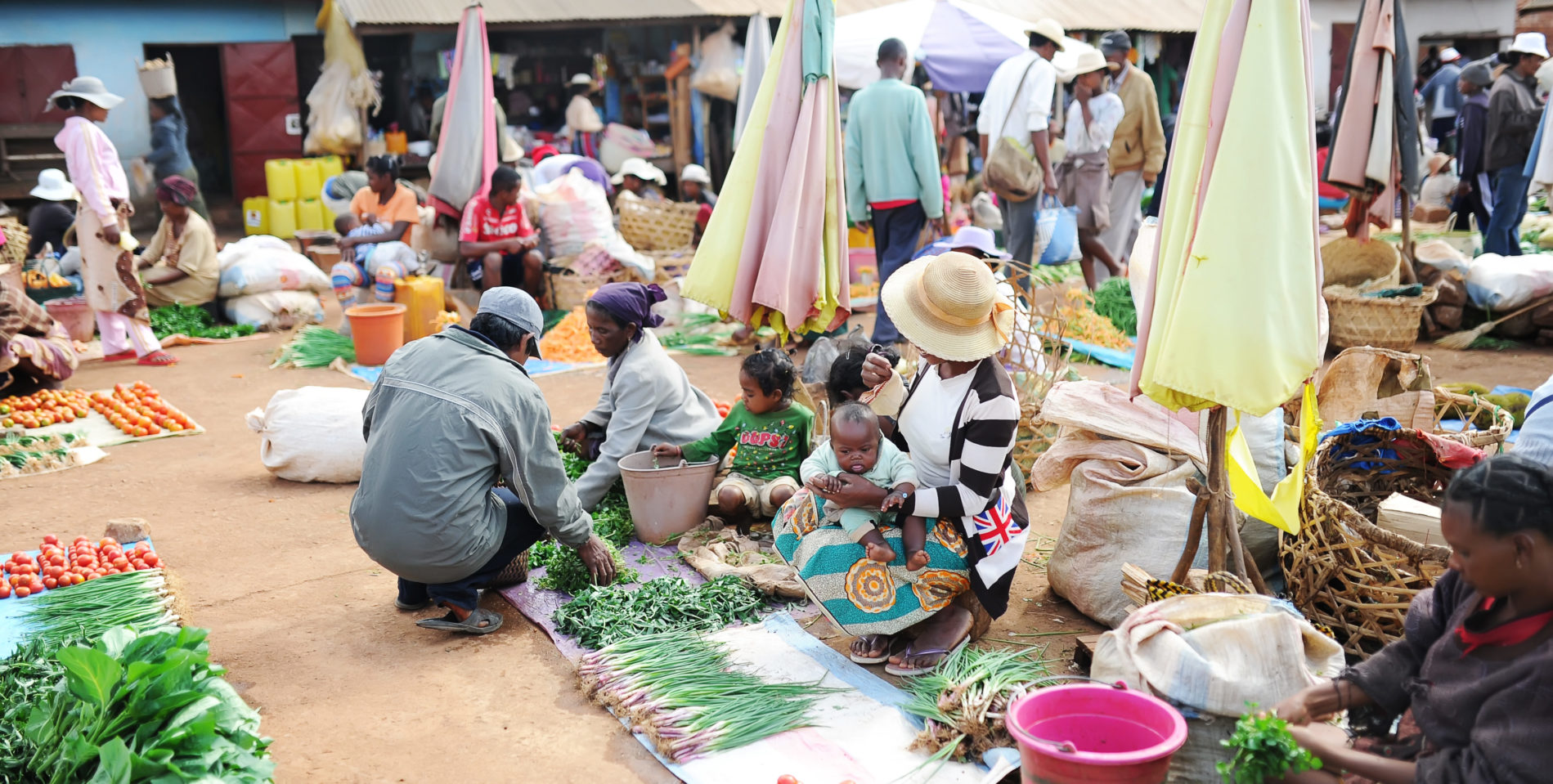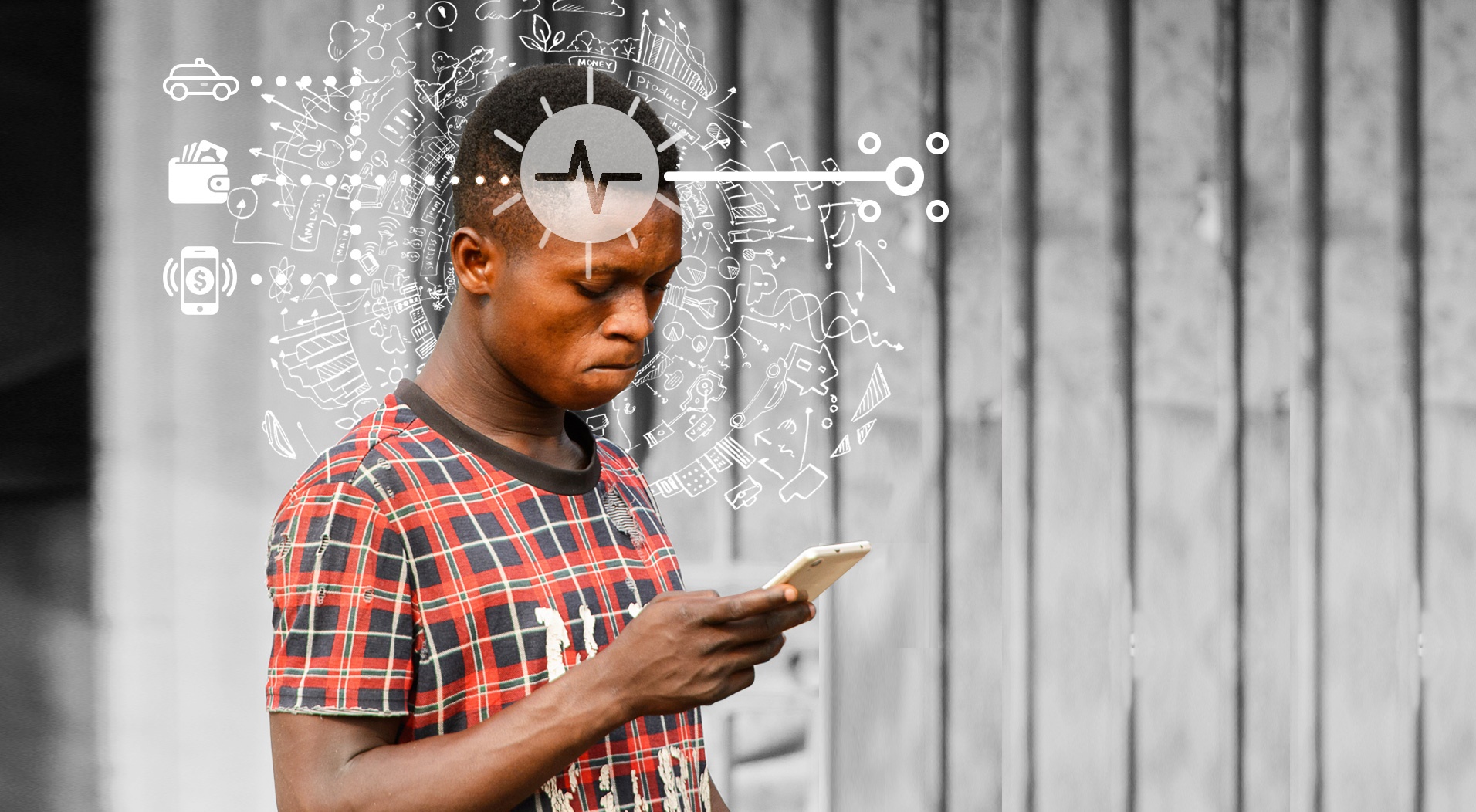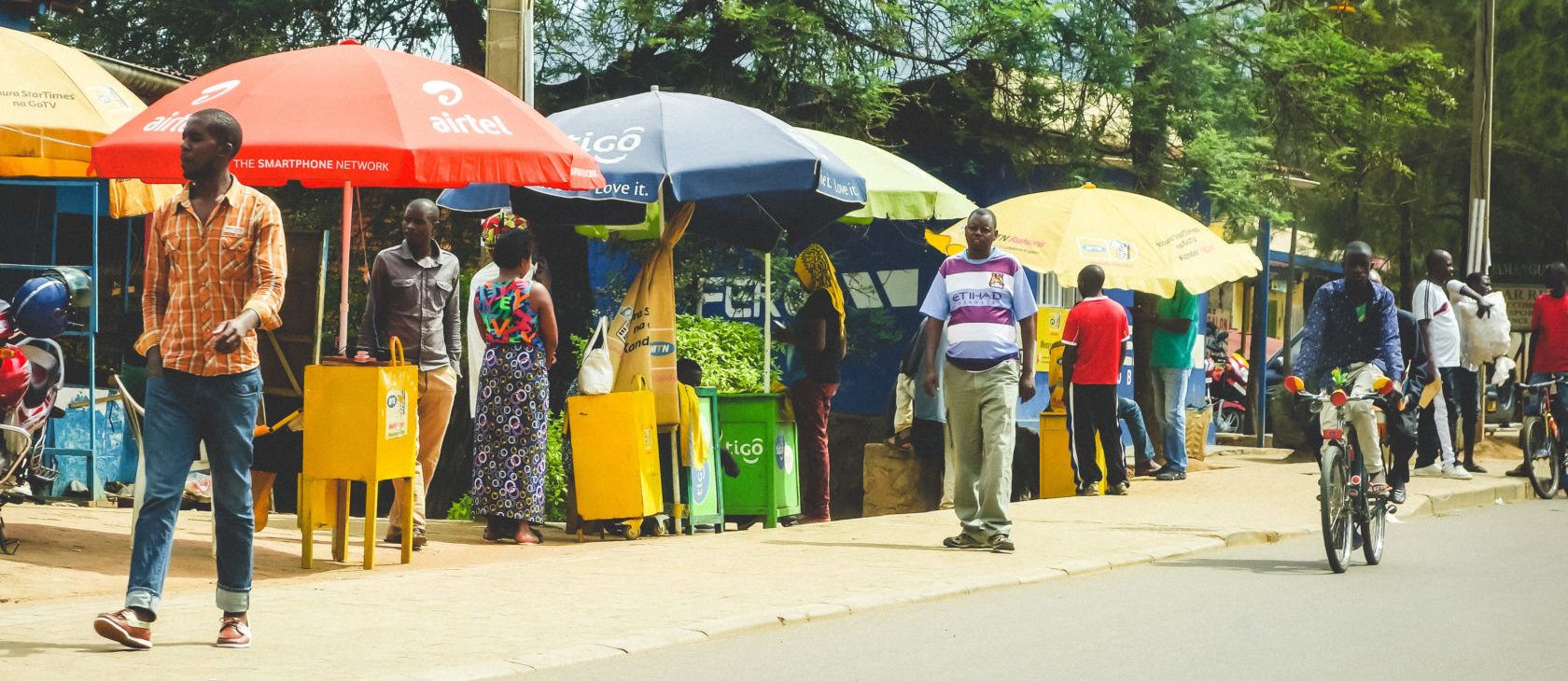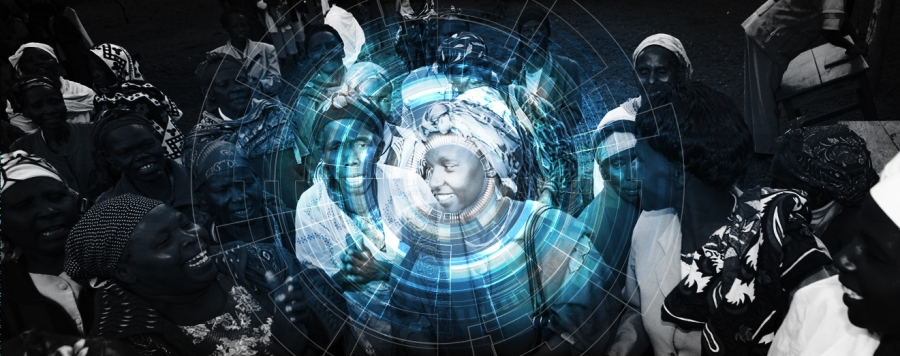
A woman’s financial life: Does traditional data get it?
Whereas financial inclusion has seen a steady increase over the past few years, this positive trend has not necessarily taken women along. A gender gap in financial access and usage persists, and has not decreased over the years. Our efforts at understanding and closing the gender gap are hampered by

